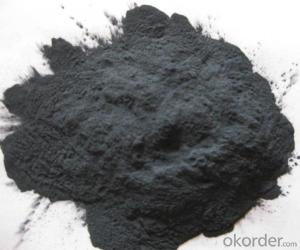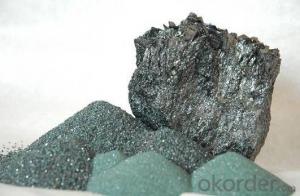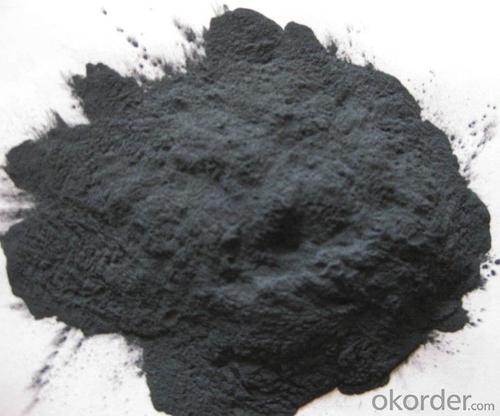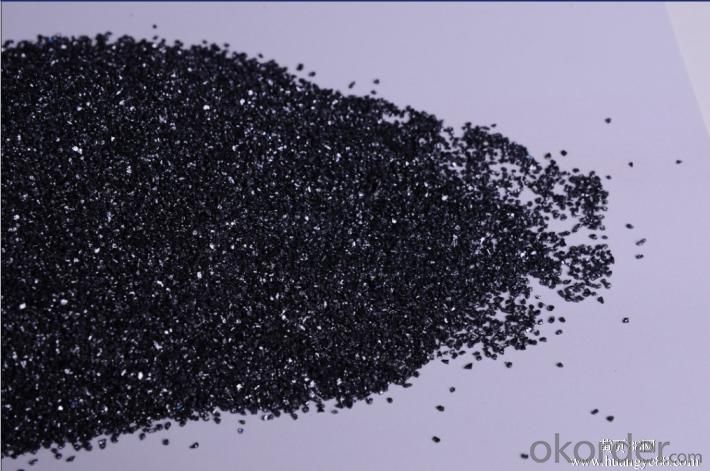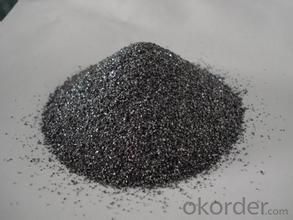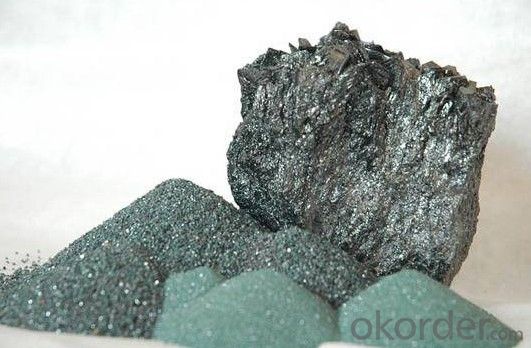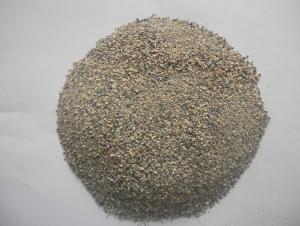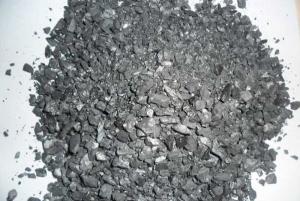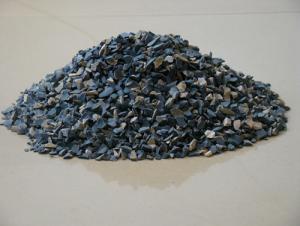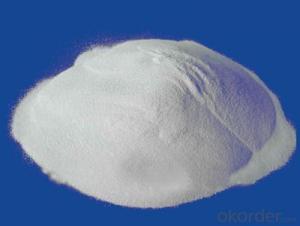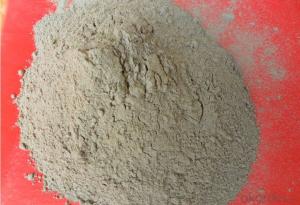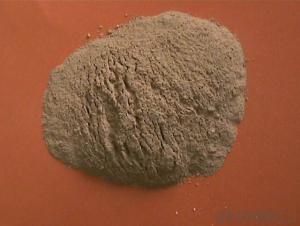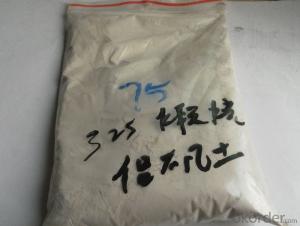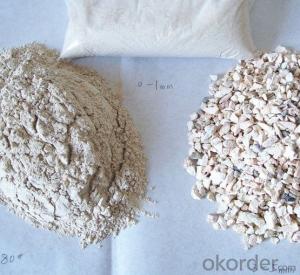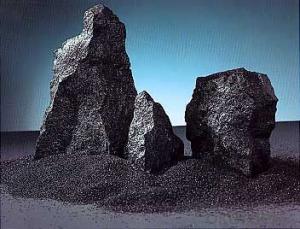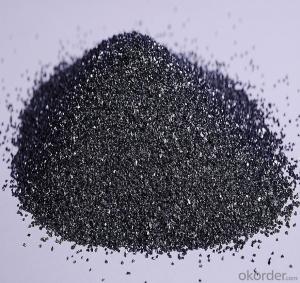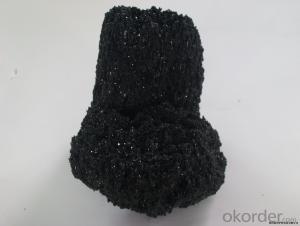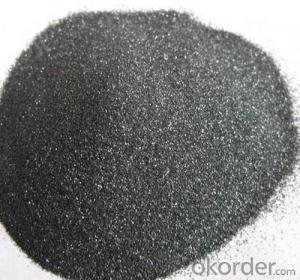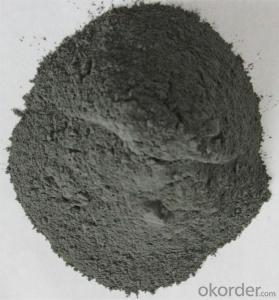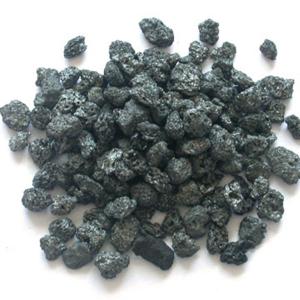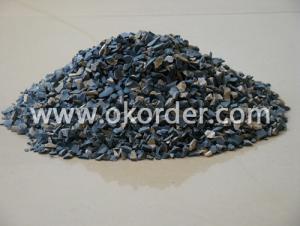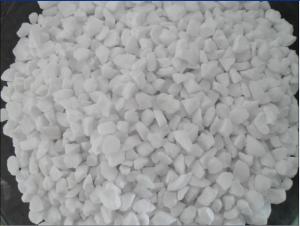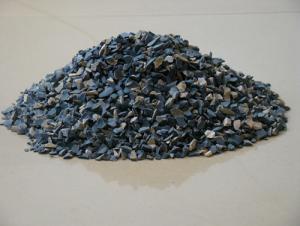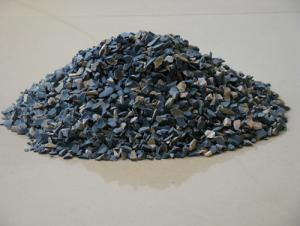95%min Silicon Carbide/SiC - Raw Materials for Refractory
- Loading Port:
- Tianjin
- Payment Terms:
- TT OR LC
- Min Order Qty:
- 25 m.t.
- Supply Capability:
- 3000 m.t./month
OKorder Service Pledge
OKorder Financial Service
You Might Also Like
95%min Silicon Carbide/SiC,Various Specifications silicon carbide/SiC,efficient deoxidizer black Silicon Carbide
1.Structure of Silicon Carbide Description
Black Silicon Carbide is produced with high temperature in a electric resistant furnace from a mixture of quartz sand and petroleum coke.
Black silicon carbide is typically used for working on cast iron ,non-ferrous metals, stone, leather, rubber, and other materials which requires sharp cutting characteristics. The mineral is also used widely as a refractory material and metallurgical additive.
2.Main Features of the Calcined Bauxite
Its hardness is between that of fused alumina and synthetic diamond and mechancial intensity of it is also greater than that of fused alumina. It is brittle and very sharp and has a certain degree of electrical and heat conductivity.
3.Main usage of the Calcined Bauxite
1.Grinding non-ferrous materials, rock, stone, leather, rubber, finishing tough and hard materials
2.Bonded abrasive tools, lapping and polishing
3.Widely used as a metallurgical additive and refractory material
4.Refractory
4. Calcined Bauxite Images
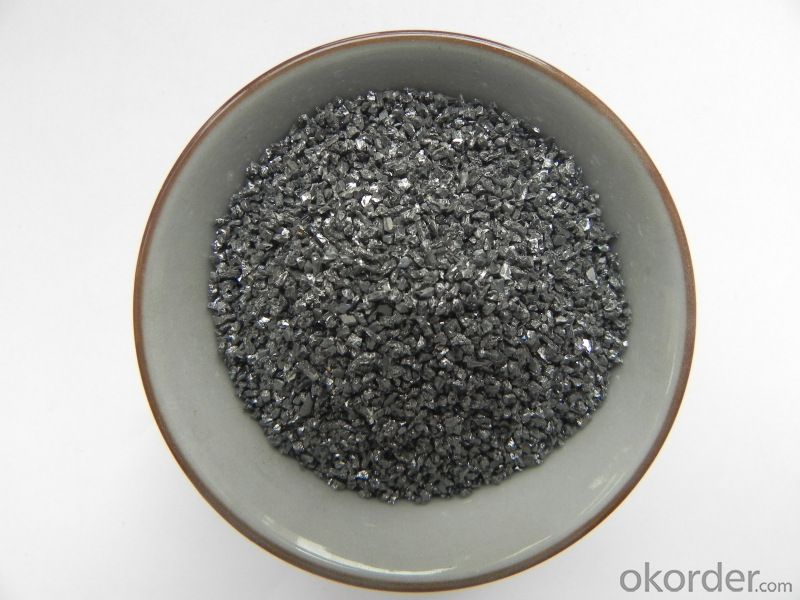
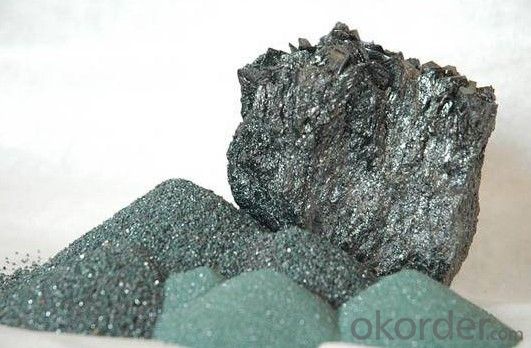
5. Calcined Bauxite Specification
Grit no | Bulk Density |
F24 | 1.47-1.57 |
F30 | 1.47-1.57 |
F36 | 1.46-1.56 |
F40 | 1.46-1.56 |
F46 | 1.46-1.56 |
F54 | 1.46-1.56 |
F60 | 1.46-1.56 |
F70 | 1.46-1.56 |
F80 | 1.45-1.55 |
F90 | 1.44-1.54 |
F100 | 1.42-1.52 |
F120 | 1.40-1.50 |
F150 | 1.36-1.46 |
F180 | 1.34-1.44 |
F220 | 1.28-1.38 |
6.FAQ of Calcined Bauxite
1). Q: Are you a factory or trading company?
A: We are a factory.
2). Q: Where is your factory located? How can I visit there?
A: Our factory is located in Ningxia, China. You are warmly welcomed to visit us!
3). Q: How can I get some samples?
A: Please contact me for samples
- Q: What do RH and DH stand for in refractories?
- The English abbreviation depends on where it is used, and the meaning is judged according to the actual situation. Some are not standard, even the abbreviation of Chinese phonetic alphabet. The dictionary looks up the meaning of these two abbreviations and writes them according to the specific situation!END: Arrow-head definition file (CorelDraw) Arrow-head definition file (CorelDraw)End: endocrine endocrine secretions.END: Endorphin endorphinsEND: End of Data data.END: Electronic Null Detector electronic instrumentEND: Endorse/Endorsed/Endorsing/Endorsement / / support / endorsement endorsement endorsementEND: European Nuclear Disarmament European nuclear disarmamentEND: Exchange Name Documentation exchange file nameEND: Enhanced Network Driver (multiple protocols on a single driver) enhanced network driver (multi protocol driver in a single)
- Q: How about the prospect of refractory material?
- Due to the rise of raw material, the prospect is not good with inflation, lower prices and decreased profits. The product requirements have been enhanced and there is vicious competition. Therefore, it is really bad.
- Q: Why the refractories should be waterproof and wetproof
- The binding agent of many raw materials is water-soluble. It will be useless when meeting water.
- Q: What type of firebrick does TZ-3 represent?
- Height is 65mm, length is 230mm, and width is 114mm, that is the t-3 firebricks which meet the national standard.
- Q: How much is the duration of fire resistance of the porous brick shale?
- It depends on its formula since the highest temperature varies from formula. For example, the temperature of common bricks is 900℃, if the lime in it accounts for most part, then the temperature could reach 1050℃; if coal ash accounts for over 40%--50%, then the temperature could amount 1050℃--1150℃, I hope my answer will help you a lot.
- Q: Who knows about the grade C fireproof door materials?
- Wood or steel materials are usually used in them. The new national standard fire doors: According to the enacted GB12955-2008, the fire endurance of grade C fire doors is 0.5 hours and that of grade A and B are 1.5 hours and 1.0 hours respectively.
- Q: what is the common materials for home fireproofing material?
- 1, lumber core 2,decoration panel 3 , plywood 4 density board 5,chipboard 6 fireproof?panel, 7.gypsum board Hope to adopt my opinion
- Q: Does anyone know the fire endurance of steel stud partition?
- The fire endurance degree is 1 hour. which is in line with the national building material fireproofing test standards. CaSo4.2H2O is molecular gypsum molecular structure formula, containing 20% ??water, crystal water and free water, when putting on fire, 10% of the surface water will slowly evaporate, remaining10% of crystal water. It is a class A fire retardant material itself. The longest time can be 4 hours.
- Q: Who knows about the types of Dalian thermal insulating and refractory materials?
- There are many Dalian thermal insulation materials, which can be divided into organic and inorganic thermal insulation materials. Materials include inorganic thermal insulation materials, polyfoam, mineral wool products, foam glass, expanded perlite insulation products, gelatine powder EPS grain heat insulating slurry, sprayed mineral wool, thermal insulation product of foam cements, and vacuum thermal insulation board.
Send your message to us
95%min Silicon Carbide/SiC - Raw Materials for Refractory
- Loading Port:
- Tianjin
- Payment Terms:
- TT OR LC
- Min Order Qty:
- 25 m.t.
- Supply Capability:
- 3000 m.t./month
OKorder Service Pledge
OKorder Financial Service
Similar products
Hot products
Hot Searches
Related keywords
